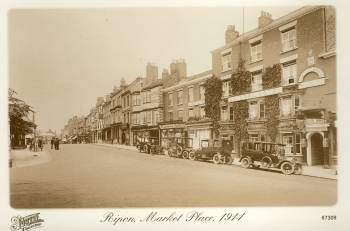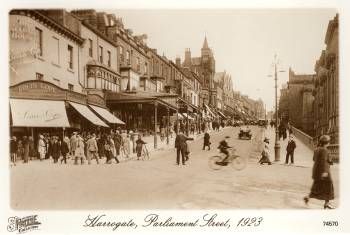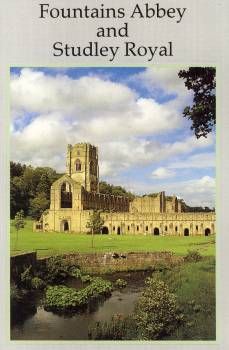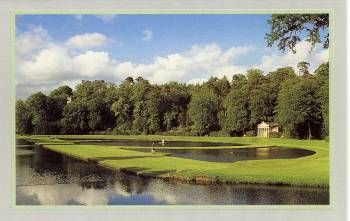|
|
Fat Rascals at Bettys TUESDAY LETTER You would soon, if not already, be bored by more stories of the cultural differences we encounter, so I will not ramble on even though we continue to be enlightened. Maybe just one more, and that is the English problem-solving style. Even though reputed for excessive bureaucracy, which I'm afraid is still true generally, there are times when the Brits grip a problem at its roots and deal with it decisively.
You might be interested to know, however, that English Bank Holidays came about sometime between the "two world wars", i.e., The Great War and WWII. It was in about 1927 when business was booming that those in charge of economic affairs realized that the amount of money in circulation at any one time was unknown. This was especially bothersome to the English officials for two reasons. First, and basic, the English like to know pretty clearly where they stand on all matters at all times, whether it be theater opening dates, fish frying times, or traffic conditions on roads at the opposite ends of the country. And second, the matter of when and how money is exchanged is of particular national importance. In what other country, for example, do you order and pay for your drink when first entering a watering hole, before you have even taken a table, removed your coat, or anything else? The construct of an open tab is unknown, and even suggesting something to that effect is enough to be asked by the publican to leave his house. Well, you get the drift. One basic reason for the uncertainly about the amount of cash flowing was the growing difference in size of banks. As times prospered after WWI, old banks grew like topsy and others were established, including home savings associations. It was clear at the time that the tide of money simply had to be stopped long enough to count it. Not that anyone wanted the flow to cease; it was simply a matter of getting an accurate total.
****
Gullible Ripley here. I was two thirds through the above story before I realized it was the old Loughary put on. I thought Jack had heard some story yesterday on the BBC radio I had missed. So, what, you are not asking, did we do with the Bank Holiday? Well, we spent it in a grand way. We went to Fountains Abbey which is a short distance from Harrogate and is considered the largest and finest monastic ruin in Britain. It is called Fountains Abbey because the monks that founded it in 1132 found water coming from the rocks in the area. See, I was paying attention.
We more or less make a practice of avoiding organized tours in places such as this, preferring to ease in and out of guide-led groups that wander into areas which we happen to be inspecting. This approach saves lots of time and is a very good way of avoiding what I suppose could be called the warm-up period of most walking tours, when the guides typically go through exercises designed to impress the guests with their amazing experiences and impeccable credentials. One tour we latched onto was led by a guy who looked remarkably like a fellow who was a dean at the University of Oregon. (We don't know about you, but this discovering twins of people back home phenomenon often happens when we travel.) Anyway, the guide, who we dubbed Bill, was regaling us with tales of the 12th century and how these guys built the abbey. He did it in such a charming manner that we hung around after the end of the tour to find out more about him. He was a retired civil engineer-history buff who himself came for a tour 10 years ago, was appalled with the lack of and misinformation to which he was subjected, and so put in his application as a volunteer tour leader, and has not left since. (Well, that is only a figure of speech. He does go home at night, he told us.)
Many other people descended on Fountains Abbey for the Bank Holiday. The most unusual were the 1000 or so people recreating the English Civil War, which for those of you not quite remembering your English history, began in 1642 between those for the king and those against. Cannons blared; costumes were authentic; horses were mounted; and it was a sight to see. We made the mistake of asking one of the fellows in costume what this was all about. Immediately, before you could shout "God Save", two costumed women joined us and began flooding us with information about the "preservation society" to which they belonged, and how they attended many of these recreations throughout the country each year. As they talked on and on and on, it became clear this was the central focus of their lives. The regiments that they pretended to be a part of in reconstructing the 25-year battle were the basic parts of their community today. These were the people they saw on the weekend, the people they vacationed with, and the people they would ask for favors. Reconstruction was a way of life! Jack, whom I motioned to come over and rescue me, had somehow turned his coat inside out and was wearing it like a cape. He approached us with a Groucho Marx gait, pointed dramatically down the walk towards the Abbey, and shouted, "Be off wench, lest I beat your backside with a big briar."
|





